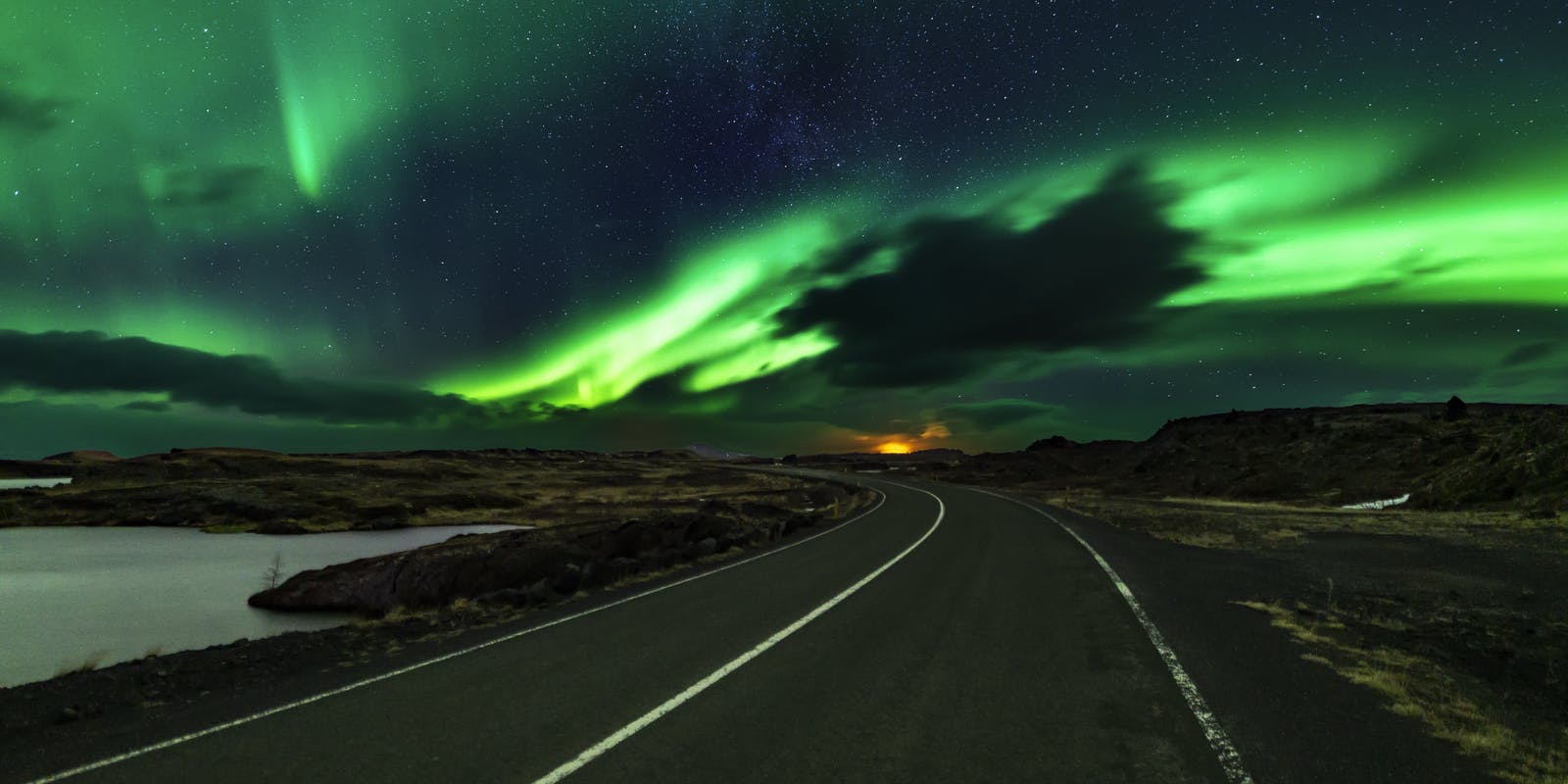
What to Wear and Bring on a Northern Lights Hunt
The Northern Lights, or Aurora Borealis, is one of nature's most breathtaking displays. If you've ever been to Perlan's Áróra show, you'll know just how mesmerizing this natural phenomenon can be. But nothing beats the real deal. Witnessing the Northern Lights dance across the night sky is an experience of a lifetime.
However, to truly enjoy this spectacle, you need to be well-prepared. Many visitors come to Iceland to witness the Northern Lights, but in 2026, another rare celestial event will take center stage. The Solar Eclipse 2026 in Iceland will bring total darkness to Reykjavík in the middle of the day, creating a breathtaking contrast to the auroras seen at night. Whether you're joining a guided tour or embarking on a solo journey, it's essential to be equipped with the right gear. This ensures you stay warm, can capture those magical moments, and have an unforgettable experience. Here's a guide on what to wear and pack for your Northern Lights expedition.
What To Wear To See the Northern Lights in Iceland
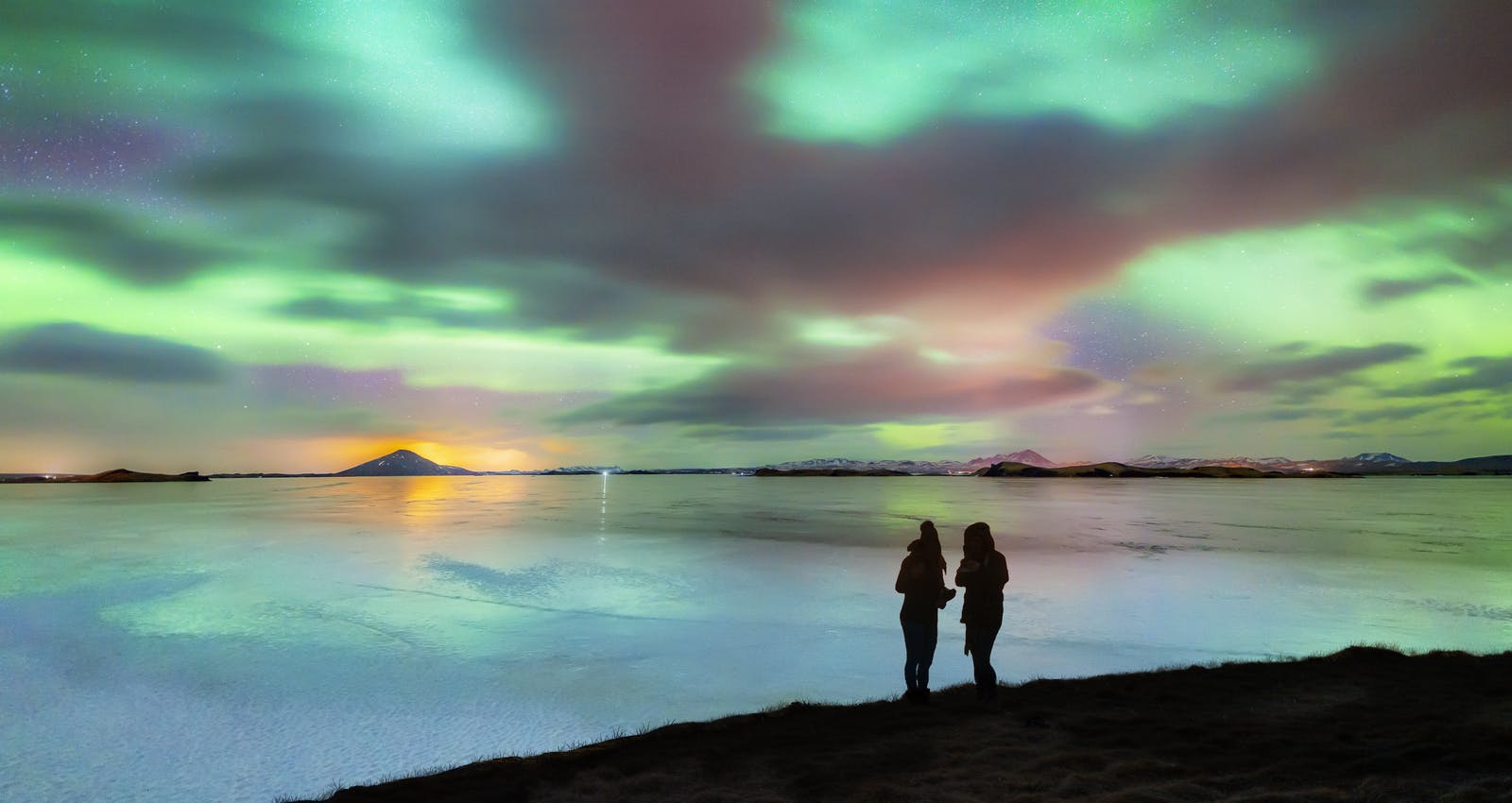
Iceland's beauty is unparalleled, especially when the Northern Lights are on display. But remember, it's cold out there! Whether you're out for a few minutes or several hours, staying warm and dry is crucial. Sometimes, the aurora might grace you with its presence immediately, but there are times when you'll need to wait in the chilly outdoors. Here's how to dress appropriately:
- Inner Layers: Start with a good base. Thermal underwear made of materials like merino wool can keep you warm by wicking away moisture and retaining heat.
- Outer Layers: Over your inner layers, wear insulated clothing. A waterproof and windproof jacket and trousers are ideal. These not only protect you from the elements but also help retain the warmth from your inner layers.
- Extremities: Your fingers, toes, ears, and nose are most susceptible to the cold. Wear a warm hat that covers your ears, gloves or mittens, and a scarf or neck gaiter. These items will keep you warm and prevent frostbite.
- Footwear: Your feet will be in contact with the cold ground, so it's vital to keep them warm and dry. Opt for insulated, waterproof boots with a good grip. This will not only keep your feet warm but also prevent slips on icy surfaces.
Remember, the Northern Lights are unpredictable. Being well-prepared ensures that you can focus on the experience rather than battling the cold. Happy hunting!
Inner Layers
When embarking on a Northern Lights adventure, think of your clothing as the foundation of a house. The inner layers are the base, crucial for comfort and warmth. Start with thermal underwear; it's essential for those chilly nights.
Opt for long johns that fit snugly but comfortably, paired with a long-sleeved top. Merino wool stands out as a top choice for these base layers. Why? It's not just warm but also breathable, ensuring that any moisture from sweat is drawn away from the body. This keeps you drier and, in turn, warmer.
On top of this, layer a quality fleece or woollen jumper. If you're in Iceland, consider getting a traditional Icelandic lopapeysa. Not only is it warm and functional, but it also makes for a memorable keepsake from your trip.
Outer Layers
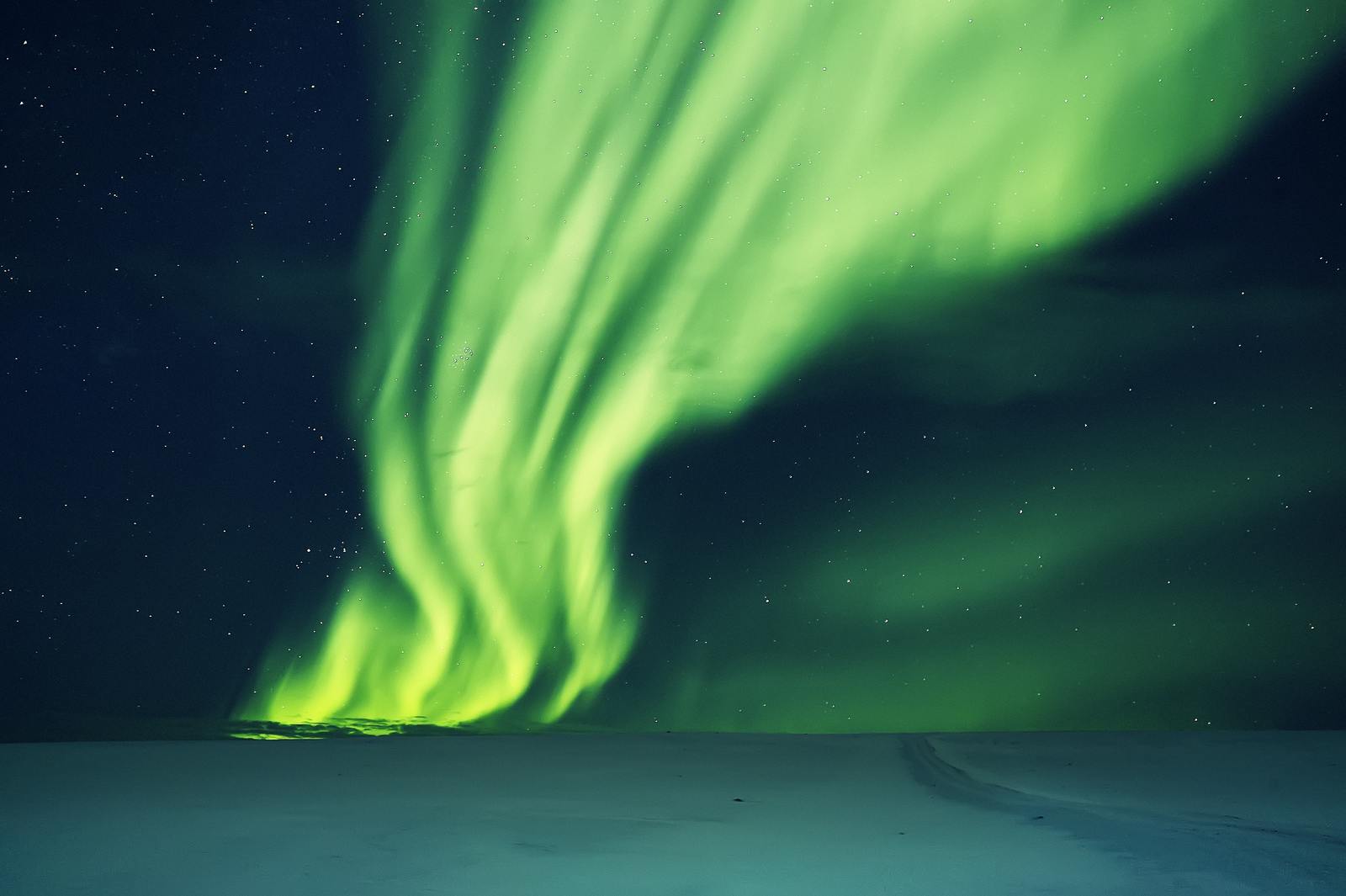
Once your base is set, it's time to think about protection from unpredictable elements. Your outer layers act as your shield against the cold, wind, and moisture. A high-quality jacket is a worthy investment. It should be warm but also windproof and waterproof.
And don't forget about waterproof trousers. Now, you might think, "Why waterproof gear when I'm hunting for the Northern Lights on a clear night?" Well, Icelandic weather is known for its sudden changes. A clear evening can quickly turn damp, and you don't want to be caught off guard.
Plus, staying dry is key to staying warm. Lastly, comfort is paramount. Ensure your outerwear allows for easy movement. After all, you'll want to move around, adjust your camera settings, or simply stretch during your wait for the aurora. Avoid anything too tight or restrictive, so you can fully enjoy the experience.
Extremities
When braving the cold, it's often the extremities – your hands, face, and head – that feel the chill first. So, it's essential to give them extra attention. A thick scarf or snood can be a game-changer, wrapping snugly around your neck and face to shield you from the biting cold. As for your head, a well-fitted hat is your best friend. Not only does it keep you warm, but if it fits right, you won't have to worry about it being blown away by a gust of wind.
When it comes to gloves, it's a balancing act. They should be warm enough to prevent your fingers from freezing but not so bulky that they hinder your ability to use your camera or other gadgets. If you're a smartphone user, gloves with conductive touch pads can be incredibly handy, allowing you to use your device without exposing your fingers to the cold. And for an added touch of warmth, consider slipping hand warmers into your pockets. They can provide a comforting burst of heat when the cold starts to bite.
Footwear
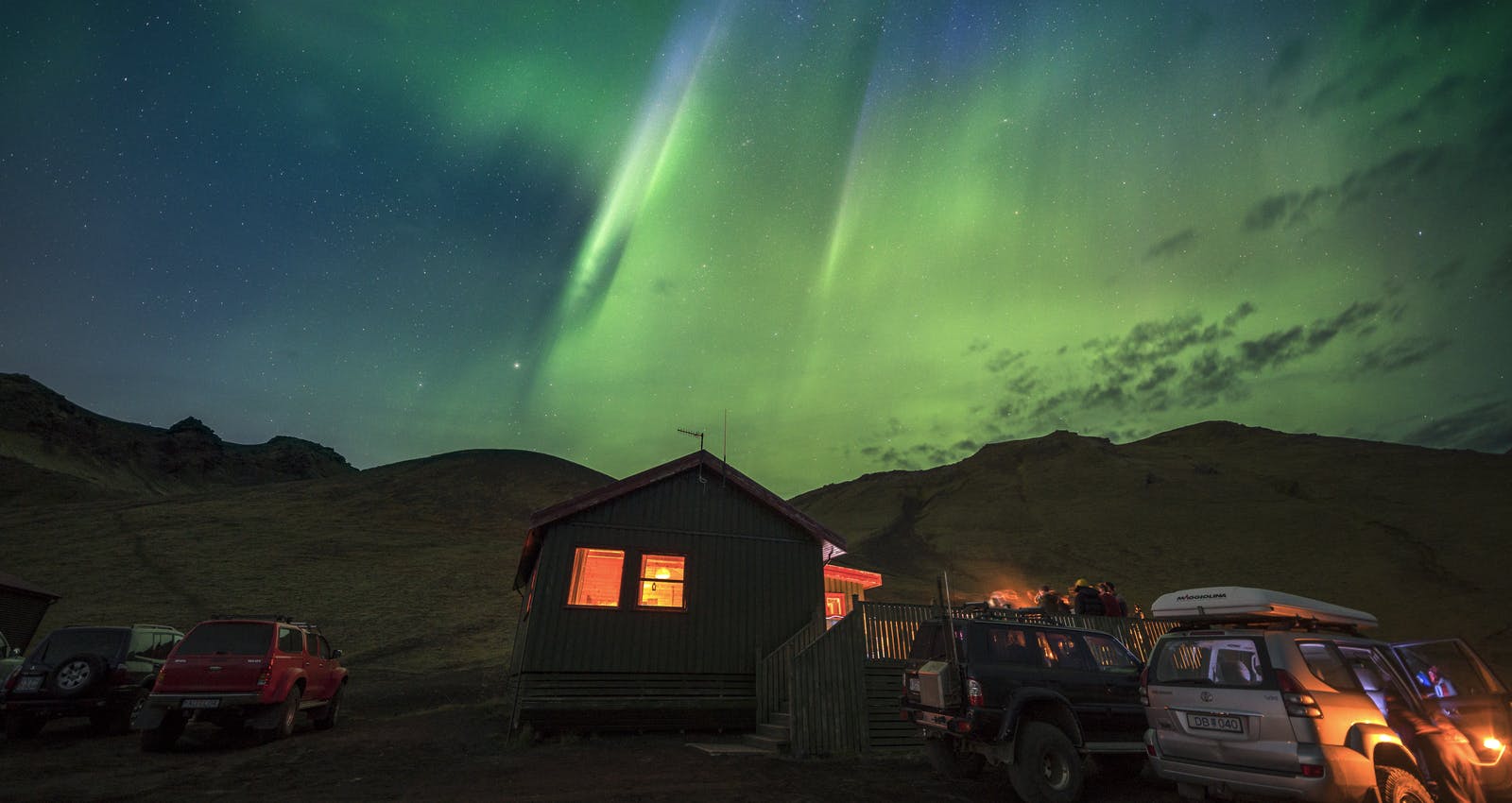
Your feet are your foundation, and in cold conditions, the right footwear is paramount. Whether you're trudging through snow or standing still waiting for the Northern Lights, your choice of boots can make or break your experience. Fleece-lined snow boots or sturdy hiking boots with a good grip are excellent choices. The thick soles act as a barrier, minimizing the cold seeping in from the ground.
But don't rely solely on your boots. Layering is just as important for your feet. Wearing multiple pairs of socks, preferably wool, can help in retaining heat, ensuring your toes remain warm and cosy throughout your adventure.
<h2>What To Bring On a Northern Lights Hunt in Iceland
When setting out to witness the Northern Lights in Iceland, having the right gear can make a world of difference. While everyone's needs might differ slightly based on personal preferences, there are some universal items that most would find beneficial. Let's delve into a few things that could enhance your aurora-watching experience.
Camera
The Northern Lights are a spectacle you'll want to remember, and what better way to do so than with stunning photographs? If you're aiming for high-quality shots, a good camera is crucial. An SLR camera, for instance, offers manual focus capabilities, allowing you to adjust the aperture, shutter speed, and exposure time to capture the aurora in all its glory.
But remember, Iceland's winds can be fierce. Invest in a robust tripod to ensure the breeze doesn't blur your photos. While lightweight tripods might be easier to carry, they can wobble in the wind, compromising the clarity of your shots. If you're more of a smartphone photographer, that's okay too! Just make sure to equip your phone with the right photography apps to enhance your aurora-capturing capabilities.
Other Accessories
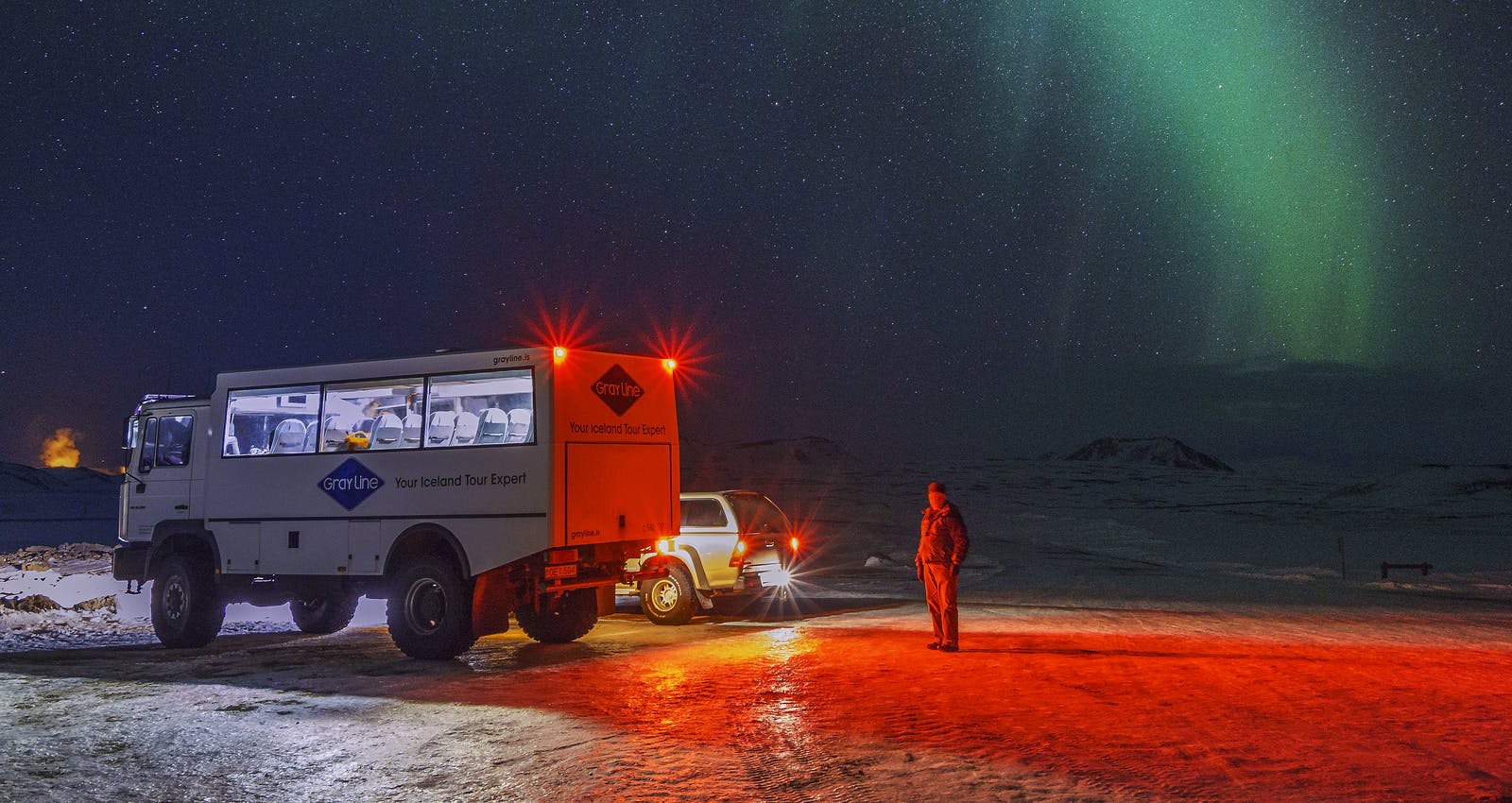
Cold environments can be challenging, especially for electronic devices. Batteries tend to drain faster in chilly conditions, so it's wise to pack some extras. Keep them in a warm place, like an inside pocket, to prolong their life. A portable charger can be a lifesaver if you're using a smartphone.
And speaking of saving, ensure you have ample storage for all those breathtaking shots. Carry extra memory cards if you're using a camera, and consider backing up your smartphone to free up space. Lastly, the nights in Iceland can be pitch dark, making it tricky to adjust camera settings or find your way around. A head torch or a handheld flashlight can be invaluable, ensuring you're never left fumbling in the dark.
Flask
When you're out in the cold, waiting for the ethereal dance of the Northern Lights, a flask filled with a hot beverage can be a real morale booster. Whether it's a rich hot chocolate or a steaming cup of coffee, that warm drink can be the comfort you need during a long wait. And suppose you're lucky enough to witness the aurora once and are hoping for an encore. In that case, a sip from your flask can rejuvenate you, keeping the cold at bay and your spirits high.
Your Vehicle
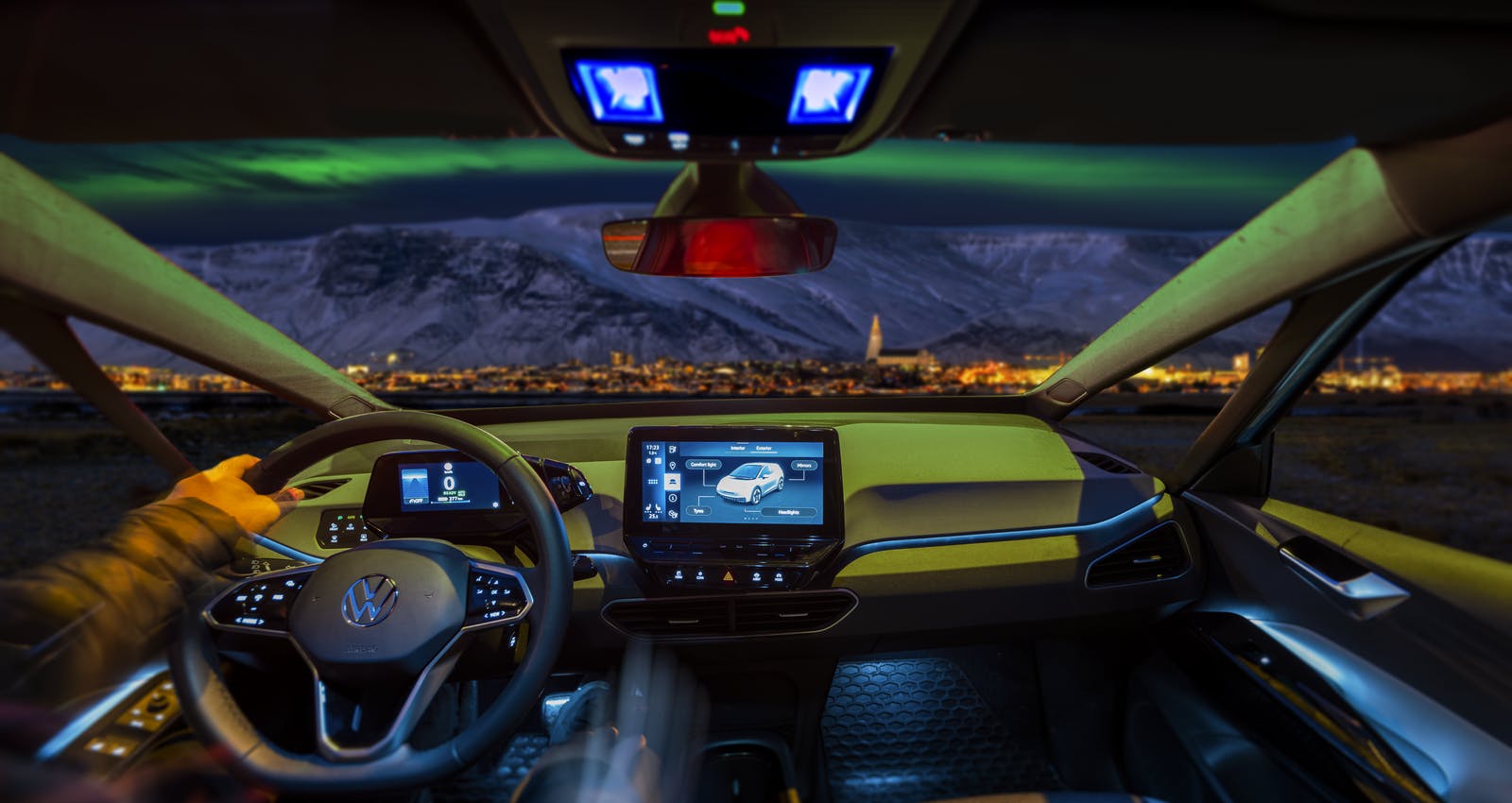
Going on a self-drive adventure to chase the Northern Lights? Preparation is key. Before setting out, ensure your vehicle's fuel tank is full. The allure of the aurora can lead you on an extended journey, and the last thing you want is to be searching for a petrol station in the middle of the night.
Additionally, the cold can be biting, especially after hours of waiting. A simple yet effective tip is to keep a spare blanket in your car. Drape it over yourself as you wait for the car's heater to warm up, ensuring a cosy end to your Northern Lights expedition.







